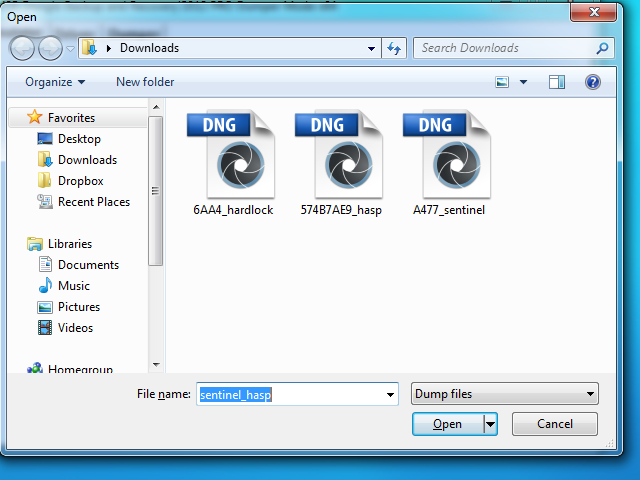
- HASP EMULATOR PROFESSIONAL INSTALL
- HASP EMULATOR PROFESSIONAL DRIVER
- HASP EMULATOR PROFESSIONAL DOWNLOAD
- HASP EMULATOR PROFESSIONAL WINDOWS
HASP EMULATOR PROFESSIONAL INSTALL
Install LIBUSB_VHCI $ sudo make install$ echo "/usr/local/lib" | sudo tee /etc/ld.so.conf.d/libusb_nf$ sudo ldconfigĬompiling UsbHasp $ cd. Load the usb_vhci_iocifc module $ echo "usb_vhci_iocifc" | sudo tee -a /etc/modules-load.d/usb_nf$ sudo modprobe usb_vhci_iocifcĬompiling LIBUSB_VHCI $ cd. Load the usb_vhci_hcd module $ echo "usb_vhci_hcd" | sudo tee /etc/modules-load.d/usb_nf$ sudo modprobe usb_vhci_hcd webinst -apache24 -wsdir base -dir /var/successful Next, we publish the 1C database $ cd /opt/1C/v8.3/x86_64$ sudo. Let’s create an empty file, it will be specified as the configuration file of the 1c web server $ sudo touch /etc/httpd/conf.d/nf Let’s create a directory, it will be used as a publishing path for the 1c web server $ sudo mkdir -p /var/www/infobase We add it to startup, run it and see the status $ sudo systemctl enable -now httpd$ sudo systemctl status httpd Install Apache $ sudo dnf -y install httpd Installing the font package $ sudo rpm -ivh $HOME/rpmbuild/RPMS/noarch/ Installing the Apache web server If during the execution of the command an error appears, for example: “Connection timed out, could not resolve the mirror address”, you need to run the command again.
HASP EMULATOR PROFESSIONAL DOWNLOAD
Running the rpmbuild … command should download all the fonts and build the package. Preparing the font package $ rpmbuild -bb Therefore, we download it from a third-party source and install $ cd /tmp$ wget $ sudo dnf -y localinstall 86_64.rpmĭownload the specification file for installing microsoft fonts $ wget

We also need a package cabextractbut under Centos 8 it is not in the base repositories. Installing the required packages $ sudo dnf -y install rpm-build ttmkfdir fontconfig freetype libgsf unixODBC Installing fonts to prepare for web server publishing The “Local cluster” cluster will be created automatically Launch the 1C Enterprise server administration console with the right mouse button (RMB): Central 1C:Enterprise 8.3 servers - Создать - Центральный сервер 1С:Предприятие 8.3

HASP EMULATOR PROFESSIONAL WINDOWS
Opening ports $ sudo firewall-cmd -permanent -add-port=80/tcp$ sudo firewall-cmd -permanent -add-port=1540/tcp$ sudo firewall-cmd -permanent -add-port=1541/tcp$ sudo firewall-cmd -permanent -add-port=1560/tcp$ sudo firewall-cmd -permanent -add-port=5432/tcp$ sudo firewall-cmd -reload$ sudo firewall-cmd -list-all Creation of a 1c database (on a windows machine through the administration console of 1C Enterprise servers) Restart the haspd service, look at the status $ sudo systemctl restart haspd$ sudo systemctl status haspd Configuring Firewalld This line lists the networks and hosts that will be able to see the HASP key Install them $ sudo dnf -y localinstall haspd*Ĭonfiguring $ sudo nano /etc/haspd/nf…NHS_IP_LIMIT = 127.0.0.1, 192.168.11.0/24

Install the required utility $ sudo dnf -y install glibcĭownload rpm packages $ cd /tmp$ wget $ wget
HASP EMULATOR PROFESSIONAL DRIVER
$ sudo systemctl restart srv1cv83$ sudo systemctl status srv1cv83 Installing and configuring the HASP driver


 0 kommentar(er)
0 kommentar(er)
